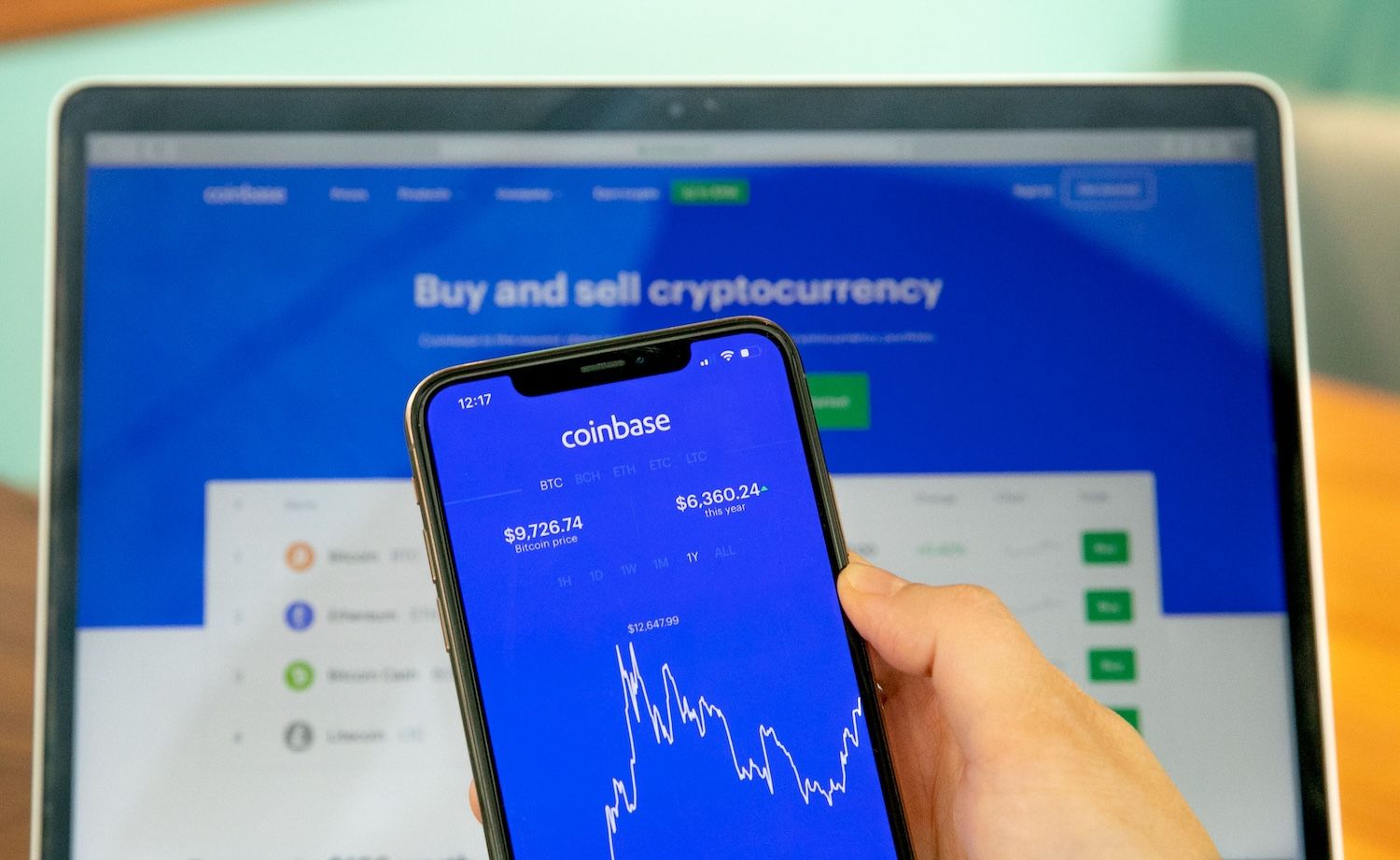Coinbase Bleeds $300K in Automated Trading Bot Heist—Here’s What Went Wrong
Another day, another crypto exchange learns the hard way: automation isn’t foolproof. Coinbase just got schooled by rogue algorithms—or maybe just lazy ones.
The breach breakdown: A trading bot exploit siphoned $300K from Coinbase’s coffers. No humans needed—just code doing what it does best: executing orders (even the disastrous ones).
Why it stings: This wasn’t some shadowy hacker group. It was their own system turning against them—like a self-driving car ramming into its own garage. Classic ‘move fast and break things’ meets ‘whoops, there goes a third of a million.’
The silver lining? For an industry that treats ‘security’ as an optional upgrade, losing only $300K is practically a win. Hedge funds blow more on lunch.
Lesson for the crypto-bros: Maybe—just maybe—keep humans in the loop when real money’s at stake. Or don’t. The market loves a good dumpster fire.

What to Know:
- Coinbase lost $300,000 when MEV bots exploited a misconfigured corporate wallet that incorrectly approved tokens to 0x's swapper contract
- The exchange's chief security officer confirmed no customer funds were affected and called it an isolated incident
- MEV bots waited for the wallet to grant spending rights to the exposed contract before executing an instant drain
Technical Breakdown of the Exploit
Philip Martin, Coinbase's chief security officer, acknowledged the loss through a post on X, describing it as "an isolated issue" stemming from changes made to one of the company's corporate decentralized exchange wallets. He emphasized that customer funds remained unaffected throughout the incident.
Security researcher "deeberiroz" from Venn Network first identified the exploit Wednesday morning. The researcher explained that Coinbase had incorrectly approved tokens to the swapper contract, a permissionless tool designed for executing trades but not intended to hold token allowances. This configuration error created an opening for opportunistic MEV bots that constantly monitor blockchain networks for such vulnerabilities.
MEV, short for "maximal extractable value," describes the practice where automated programs front-run or reorder blockchain transactions to capture profits. In this instance, the bots executed token transfers before Coinbase could revoke the inadvertent permissions it had granted.
The researcher noted on X that MEV bots appeared to have been "lurking in the dark, waiting for users to mistakenly approve to this contract." When Coinbase made the approval error, these bots immediately capitalized on the opportunity, draining the exchange's fee receiver account of accumulated tokens.
Broader Implications for Exchange Security
The permissionless nature of the 0x swapper contract allowed any party to call it and transfer approved tokens directly to their own addresses. This design feature, while enabling decentralized trading, also created the vulnerability that MEV bots exploited against Coinbase's wallet.
While the $300,000 loss represents minimal financial impact for Coinbase, the incident highlights how major cryptocurrency exchanges remain susceptible to sophisticated automated trading exploits.
Even well-established platforms can fall victim to relatively small but technically advanced forms of blockchain manipulation.
MEV bots have established themselves as persistent actors across ethereum and other blockchain networks. They generate profits by exploiting token launches, NFT minting events, and liquidity provision activities through mempool monitoring and transaction reordering capabilities.
Understanding MEV and DeFi Terminology
MEV refers to the maximum profit that blockchain validators or bot operators can extract by including, excluding, or reordering transactions within blocks they produce. Originally called "miner extractable value" on proof-of-work networks, the term evolved to "maximal extractable value" as blockchain consensus mechanisms diversified.
The 0x protocol operates as a decentralized exchange infrastructure that enables peer-to-peer cryptocurrency trading without centralized intermediaries. Its swapper contracts facilitate token exchanges but require careful permission management to prevent unauthorized access to user funds.
Fee receiver accounts, like the one Coinbase operated, collect transaction fees and other revenues from exchange operations. These wallets often accumulate significant token balances, making them attractive targets for exploitative bots when security configurations fail.
In this case, the bots simply monitored for high-value wallets to mistakenly grant spending rights to exposed contracts. Once Coinbase's fee receiver made this error, the automated systems executed the fund drain instantaneously, demonstrating the speed and efficiency of modern MEV operations.
Closing Thoughts
The Coinbase incident underscores the technical complexities exchanges face when integrating with decentralized finance protocols. While the financial impact remained limited and no customer funds were compromised, the exploit reveals how automated bots continuously scan for configuration errors to capitalize on even brief windows of opportunity.

